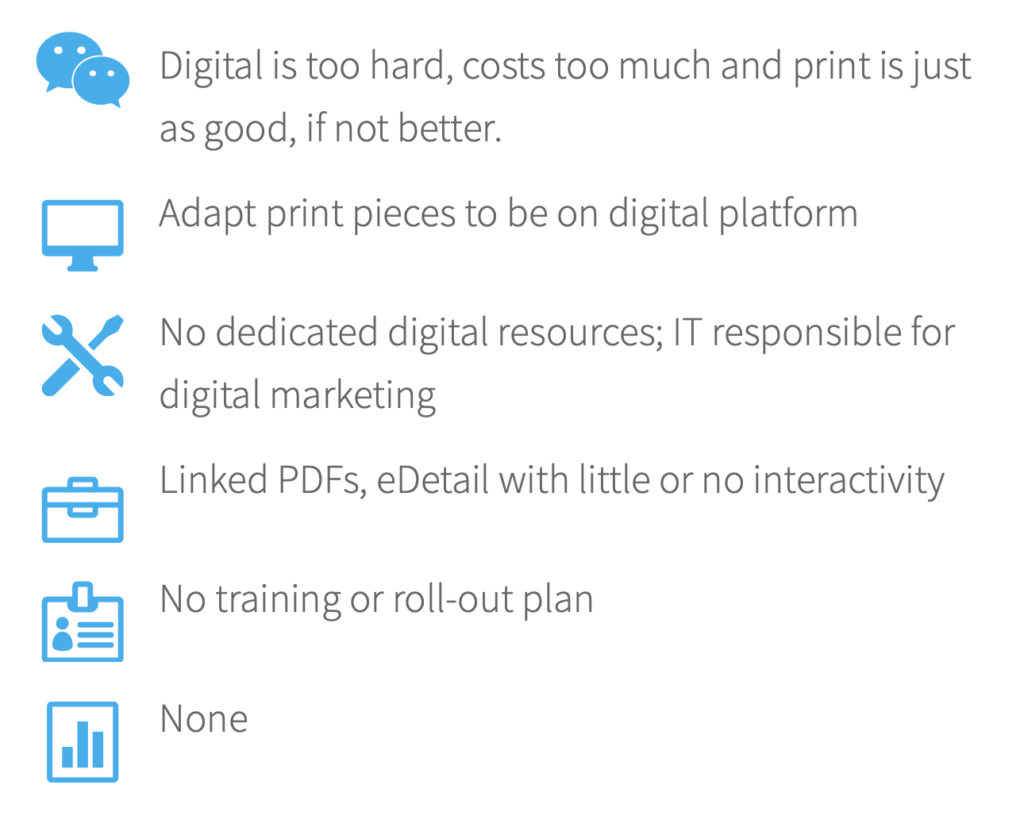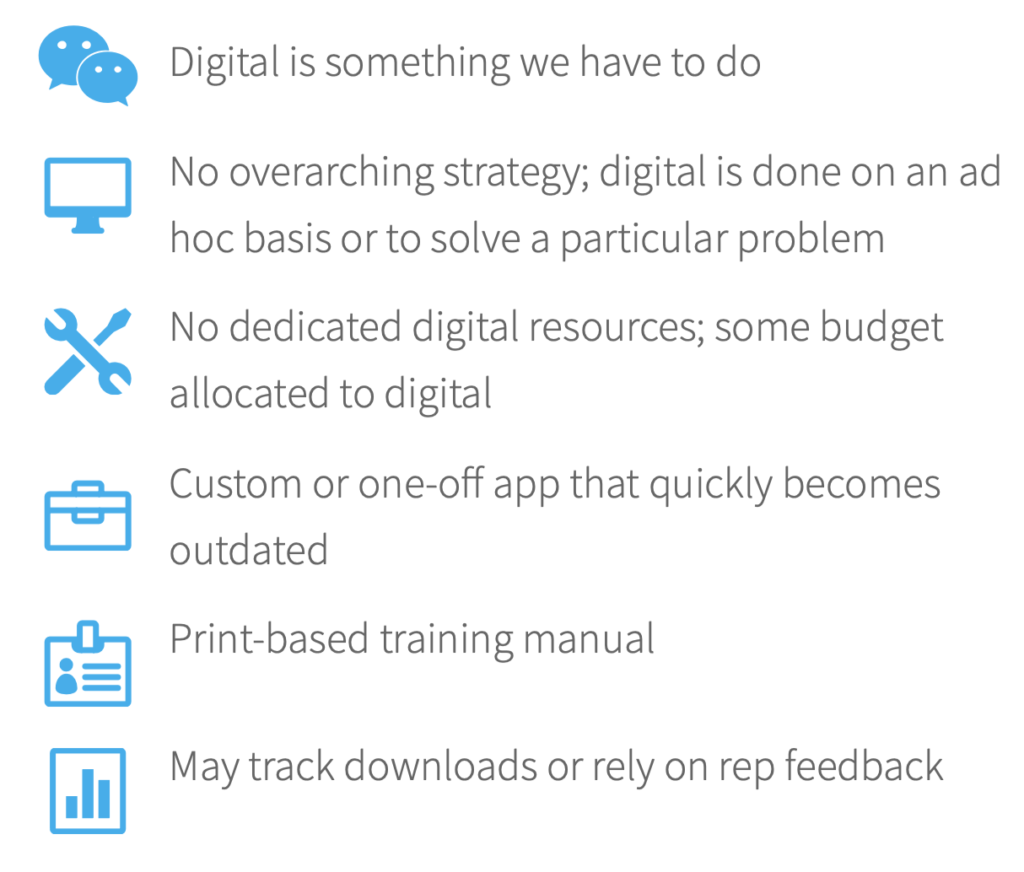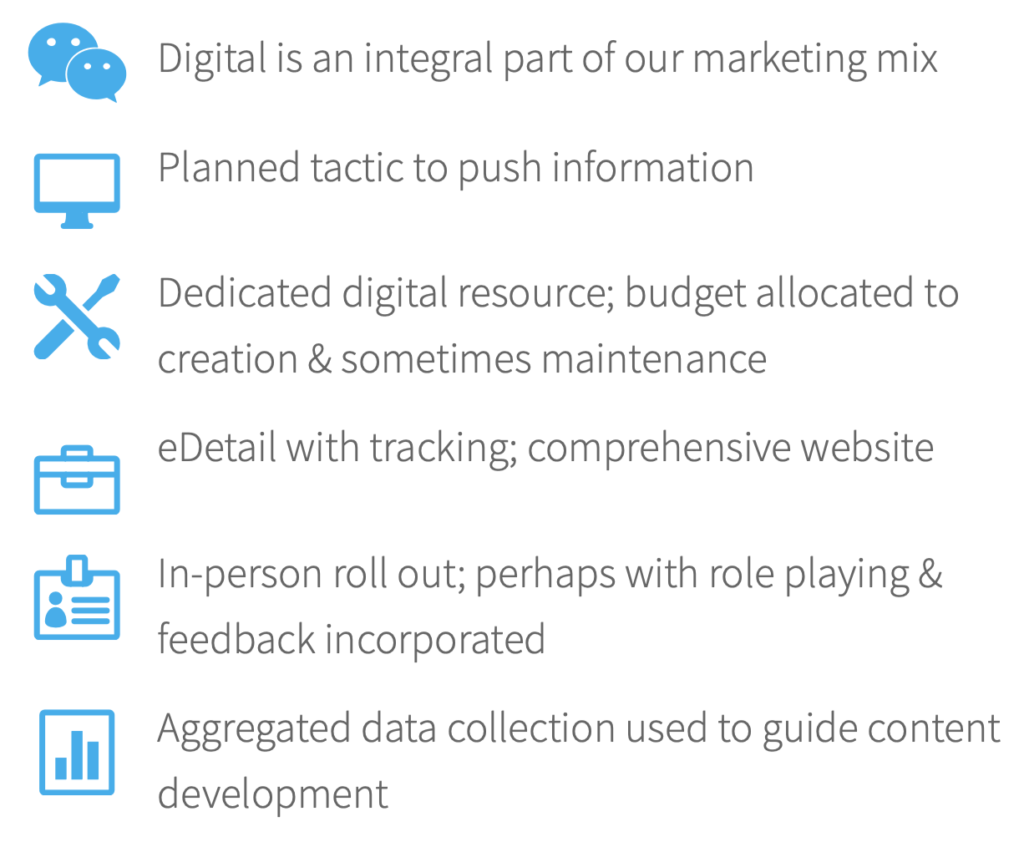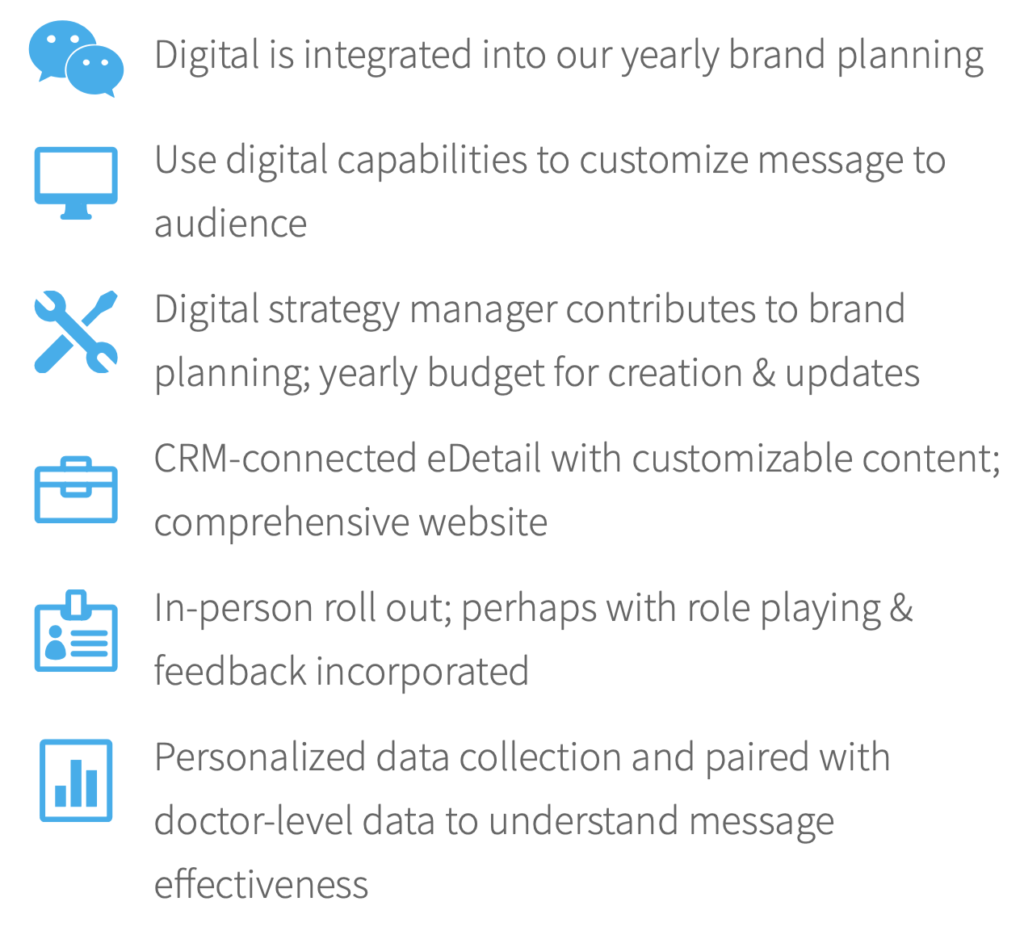This is a guest author article and does not necessarily reflect the views and values of Impetus Digital. The original article was created by CPC Healthcare Communications and can be found here.
It’s no secret that digital innovation has completely revolutionized the consumer experience. Take your morning cup of coffee, for example. The act of buying and enjoying a cup of coffee is probably the least digital experience one has on a daily basis. It’s basically the same as when it was first enjoyed over 500 years ago. But the experience surrounding that cup of coffee has been revolutionized by digital transformation.
Think about it: when you’re out of town, you can find your favourite coffee shop with an app. Remember tracking your cups of coffee with little stamps on a card you kept in your wallet? There’s an app for that. If you have a fantastic barista, you can give her a shout out on Twitter. Or, if the coffee shop gets your order spectacularly wrong, you can go directly to Yelp and let everyone know.
The customer experience in terms of how we think about, talk about, pay for, and track that cup of coffee has been completely revolutionized by digital innovation. And it’s because the most successful companies thought about the totality of our coffee experience. They’ve found ways to remove barriers, like long lines or keeping track of loyalty cards. They’ve opened up new channels for us to communicate with them and found ways to rectify poor customer experiences. Unsurprisingly, these digital transformations show in the bottom line.
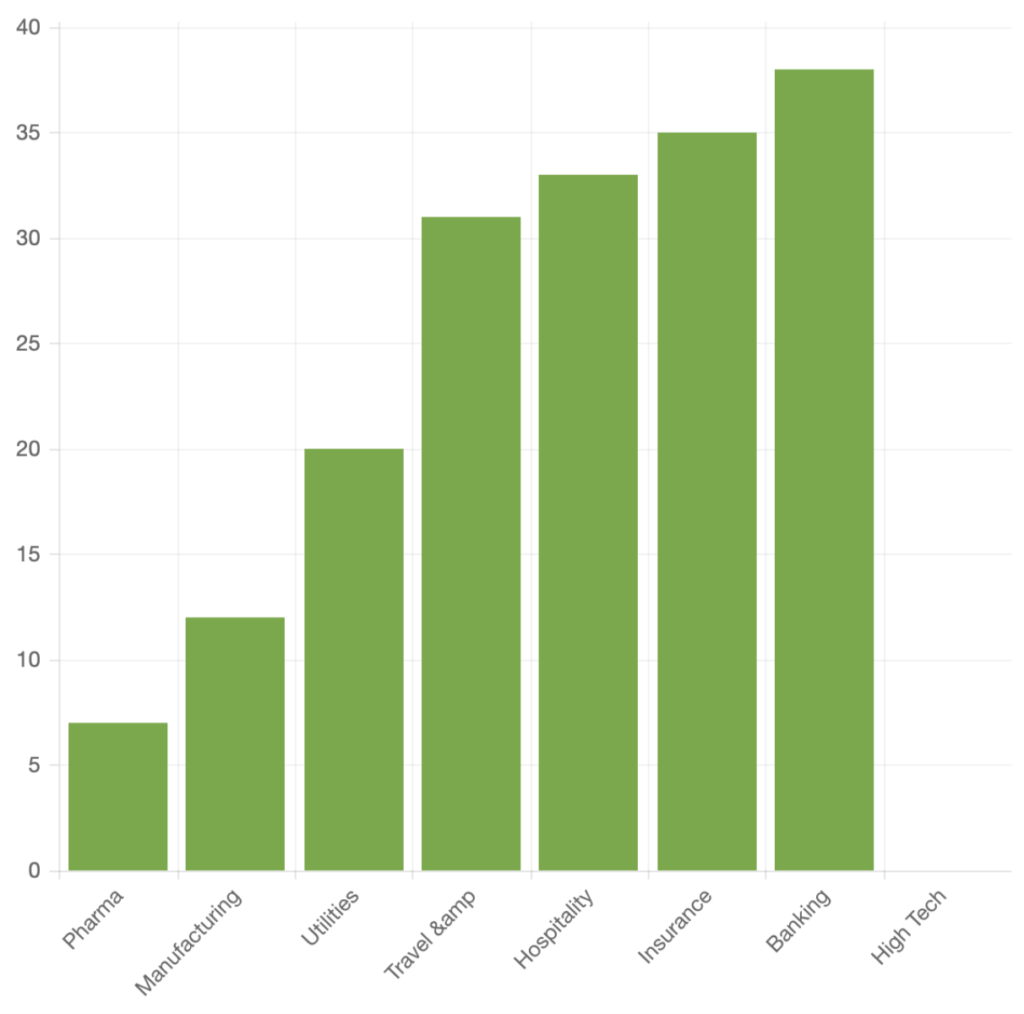 In a 2014 CapGemini study of 184 fortune 500 companies, those that were the most “digitally mature” had a 19% higher market valuation, a 23% higher revenue, and turned a 50% higher profit than those that were the least digitally mature. And where was pharma on the digital maturity scale? Unfortunately, just 7% of pharmaceutical companies were in that high-profit, high-revenue stage.
In a 2014 CapGemini study of 184 fortune 500 companies, those that were the most “digitally mature” had a 19% higher market valuation, a 23% higher revenue, and turned a 50% higher profit than those that were the least digitally mature. And where was pharma on the digital maturity scale? Unfortunately, just 7% of pharmaceutical companies were in that high-profit, high-revenue stage.The million-dollar question (or perhaps multi-million-dollar question) is: how can we, as marketers, help move our companies up the digital maturity scale? A good place to start is by focusing on what we can affect: our marketing efforts. We need to assess the way we think about what digital can do for us and for our customers.
Who are our customers in pharma? Typically, there are a few key stakeholders: patients, caregivers, consumers, and healthcare professionals. For now, let’s focus on healthcare professionals (HPC’s). When we think about HCPs, we typically think of detail aids, or e-Details, as being the cornerstone of digital marketing. Let’s take a look at digital maturity as it relates to pharma marketing, and more specifically, e-Details.
THE STAGES OF DIGITAL MATURITY
When reviewing the digital maturity level of our clients, we look at six key elements:
STAGE 1: BEGINNERS
The first level we call “Beginners”. These are digital newbies.
Five to ten years ago, this was the majority of our clients, but now, we’re happy to say it’s the minority.
This “print, please” group believes that digital is costly and time consuming. They may take a print detail aid and tell us to “make it digital”, or failing that, just put a PDF on their tablets. Since digital isn’t a priority for this group, they tend to have no dedicated digital strategist and often I.T. is tasked with digital marketing. This group doesn’t invest in training their team on e-Detailing which, to be honest, makes sense because they aren’t really e-Detailing anyway.
STAGE 2: DABBLERS
Your Stage 2 group are dabblers.
They typically tell us they need to do a digital something-or-other. This group often feels that digital is something they have to do but they haven’t fully grasped its benefits.
There’s no overarching strategy and no dedicated resources. They rarely feel the need to develop a training plan because they might still be doing a print detail aid. In order to fulfill their need for digital, they might develop a digital “one off” such as a dosing app, or an app for a conference. They are dabbling in digital and still feel that “digital equals innovation”.
Dabblers know they need to do something digital but lack an overall strategic plan.
STAGE 3: INTEGRATED
The stage 3 group is what we call “Integrated”.
This group has really started to think about digital as an opportunity to achieve goals in ways traditional media can’t.
These companies often have dedicated digital resources available to help brands get the most from their digital tactics. They may have an annual budget line item for the website or e-Detail—knowing that regular updates are needed to keep content current. Communication is still primarily one-way, and metrics are used to drive updates or new content.
STAGE 4: ADVANCED
For the final “advanced” stage, digital is an integrated part of the overall brand strategy, made possible in part because brand teams have at their disposal digital experts or Digital Excellence teams.
Companies or brands at this stage think not only about what information they want their audience to hear, but also how to provide the information the audience is looking for. They customize the data presentation. Training and content updates are planned and budgeted for on a bi-annual (or even more frequent) basis.
This group has stopped thinking of digital in terms of a tactic, but more about how to optimize the message to the customer.
About CPC Healthcare Communications
To learn more about CPC Healthcare Communications, check out their website or visit them on LinkedIn or Twitter.
About Impetus Digital
Impetus Digital is the spark behind sustained healthcare stakeholder communication, collaboration, education, and insight synthesis. Our best-in-class technology and professional services ensure that life science organizations around the world can easily and cost-effectively grow and prosper—from brand or idea discovery to development, commercialization, execution, and beyond—in collaboration with colleagues, customers, healthcare providers, payers, and patients.



